SUMMARY
This is AI generated summarization, which may have errors. For context, always refer to the full article.
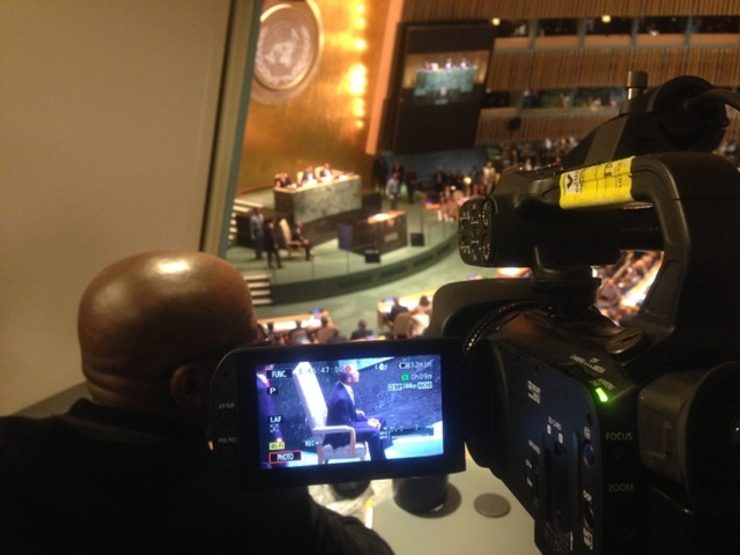
With latte in hand, US President Barack Obama shuffles from a meeting on terrorism to open government to deliver his third foreign policy speech. UN chief Ban Ki-Moon opens a Somalia conference then runs to an Iraq summit. Heads of state from the UK to Rwanda pound and expound on the famous marble podium. This is just one day.
No stranger to tight schedules, even America’s top diplomat John Kerry described the pace of this year’s UN Week as “extraordinary.” It was diplomatese for what many UN old-timers ranted about behind the scenes: This week was crazy!
The annual debate of the UN General Assembly (UNGA in this acronym-obsessed organization) is known as diplomacy’s busiest week. Every year in late September, the who’s who of foreign policy arrive on their convoys of black limousines, SUVs, and ambulances in Turtle Bay, Manhattan to talk about the world’s woes.
Yet UN staff and correspondents who have been around for decades say this year is something else. For a first-timer covering the UNGA in New York under the Dag Hammarskjöld Fund for Journalists fellowship program, it was both exciting and overwhelming.
Seeing the UN up close was a lesson on global power play, how the world runs its affairs, and what actually comes out of a week of speeches.
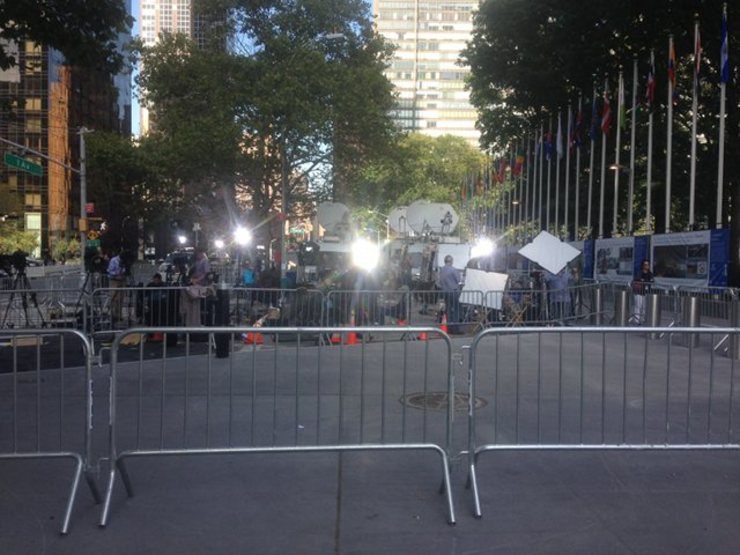
‘Come with a straight face’
Just looking at the schedule of the 69th UNGA is enough to keep you out of breath. There was the world’s largest climate summit on the heels of the People’s Climate March, a rare Obama-led Security Council meeting on foreign terrorist fighters (FTF, another acronym), and more than 20 high-level meetings on topics ranging from indigenous peoples to population, with the Iran nuclear talks at the sidelines to boot.
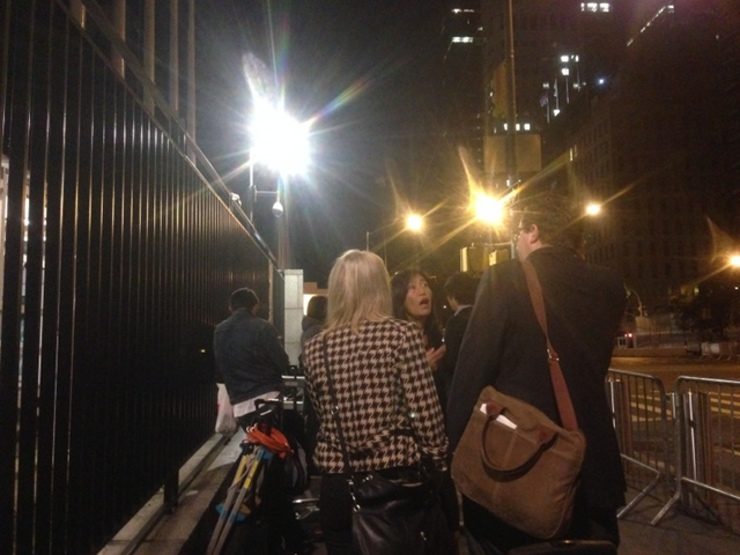
Security was also unprecedented. Before dawn breaks in chilly mornings, journalists from all over the world line up to go through airport-like inspection at the UN media gate. After we trek along the East River lugging our gear to get to the Secretariat building, blue dividers and guards block us from anywhere near the VIPs.
Access was a thorny issue. At a heated briefing, security insisted that restrictions were just for a week anyway. Correspondents shot back, “But this is THE week!”
For all the security arrangements, the UNGA did not have the pomp and pageantry of past years. After all, diplomats cannot recall a time when the world faced so many crises – from Syria and Iraq to climate change and Ebola to Ukraine, Gaza and more.
Ban was candid in opening the session. “It has been a terrible year for the principles enshrined in the United Nations Charter.”
A UN staffer told me this was why world leaders stacked so much on their plate this time. “They realize that these problems require common solutions and no country or region can handle it alone anymore. The problems are global and interrelated. How can you have security if you get floods or Ebola?”
“There’s not much fanfare; they came with a straight face.”
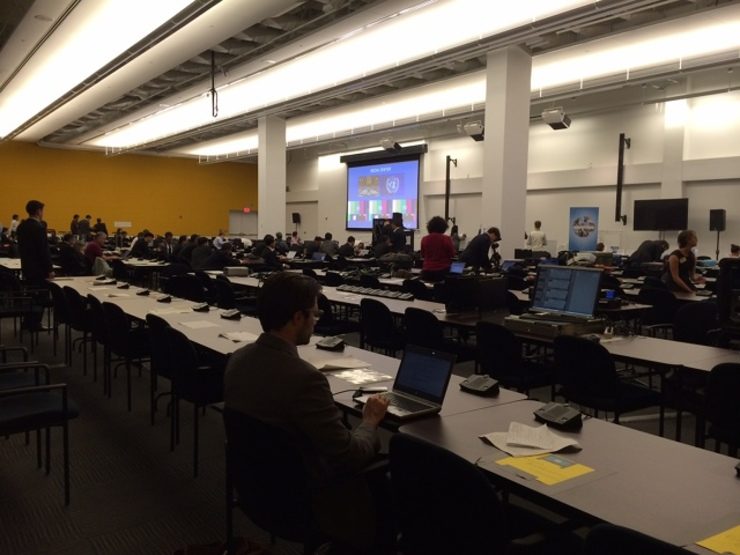
Do small countries have a voice?
With events happening all at once, the only way to manage is to prioritize. In the words of Samantha Power, the US Ambassador to the UN: “We in the international community have to walk and chew gum at the same time.”
As a Filipino journalist, this meant choosing to report on topics relevant to the Philippines and the region like terrorism, peacekeeping, the South China Sea, and of course, climate change. One diplomat phrased it simply: “We’re the 3rd most vulnerable country in the world. Climate change is bread and butter to us!”
In the course of the coverage, I wondered: Do small countries like the Philippines have a say in an organization of 193 member states? In principle, each country stands on equal footing but the dominance of the so-called P5 or the veto-wielding 5 permanent Security Council members (China, France, Russia, the UK, and the US) is obvious, even in reportage.
On day one of UNGA, for example, I competed for tripod space at a media booth, and jostled with African and American cameramen as Obama delivered his pivotal speech. On the 5th day when the Philippines and other small island nations were speaking, I was the only one left.
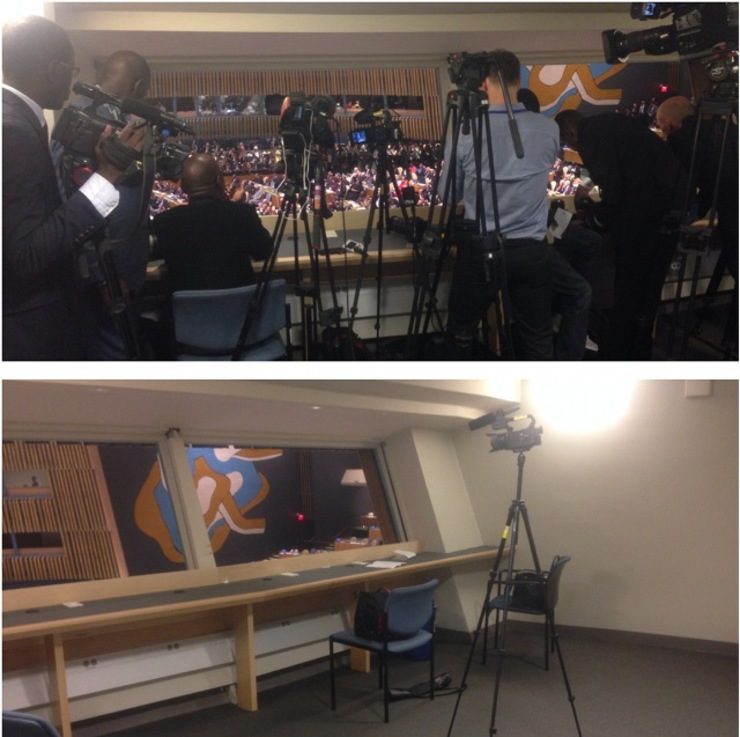
When Obama presided over the Security Council, only the second time an American commander-in-chief did so, only media from countries of the 15-member council were allowed to enter the hall. One journalist still tried. “Bangladesh?” He was told, “You’re not a member of the Council!” Ouch.
Still, developing nations assert their positions on the world stage. From Southeast Asia, Indonesia co-hosted the Open Government High-Level Event, and spoke at the peacekeeping and Alliance of Civilizations summits. Malaysia addressed the terrorism meeting while Thailand organized an event on water-related disasters.
This month, Malaysia is also vying for a non-permanent seat at the Security Council.
Rhetoric versus reality
This year’s schedule was the busiest but the staples remained. There was the usual theater and gimmickry. Israeli Prime Minister Benjamin Netanyahu again came with a prop, this time a photo of Hamas rocket launchers beside Palestinian children. He even had a sound bite for American TV: “To say Iran doesn’t practice terrorism is like saying Derek Jeter never played shortstop for the New York Yankees.”
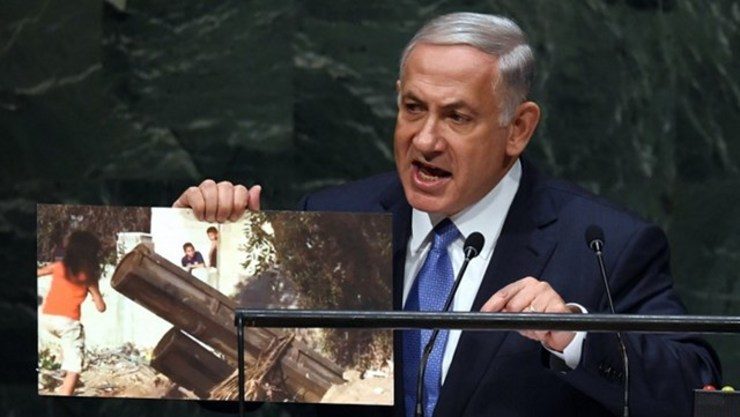
There too was the usual wrangling like Russia versus Ukraine, the US and their allies. With all the criticism against Moscow, it’s no surprise President Vladimir Putin did not bother showing up this year.
The traditional choreographed meetings also took place like the historic face-to-face between Iranian President Hassan Rouhani and British Prime Minister David Cameron.
At the General Debate, where all 193 members get to speak, it is typical to hear leaders extoll the virtues of peace, development and human rights. Yet rhetoric is far from reality. A stark case was when junta-ruled Thailand said it was “fully committed to democracy” while suppressing dissent. China urged the community of nations to use “fair and just rules” as it undertakes reclamation and sent an oil rig to disputed waters.
All this raised persistent questions: How relevant and effective is the UN nearly 70 years since its founding after World War II? Critics call the UNGA the biggest talking shop, “a fossil of a bygone age.”
Even Obama alluded to the common critique. “Resolutions alone will not be enough. Promises on paper cannot keep us safe. Lofty rhetoric and good intentions will not stop a single terrorist attack. The words spoken here today must be matched and translated into action, into deeds.”
Those working within the UN system recognize that the gathering itself does not accomplish much. They say the real work has to take place when the last speaker gets home to his or her capital. One insider said, “The report card will not be out until next year.”
Veteran correspondents tell us the same thing goes for the media. “Covering the UN on 42nd street is covering the UN in theory. You need to see the UN at work, on the ground.” – Rappler.com
Editor’s Note: Rappler multimedia reporter Ayee Macaraig is a 2014 fellow of the Dag Hammarskjöld Fund for Journalists. She is in New York to cover the UN General Assembly, foreign policy, diplomacy, and world events.
Add a comment
How does this make you feel?
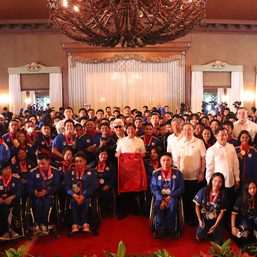
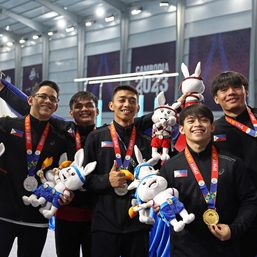
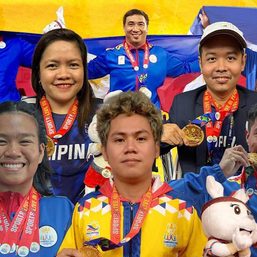
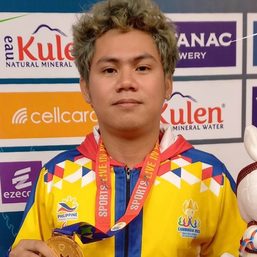
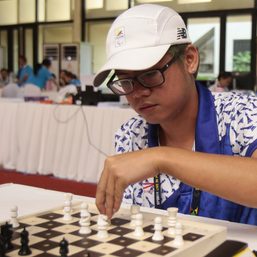
There are no comments yet. Add your comment to start the conversation.